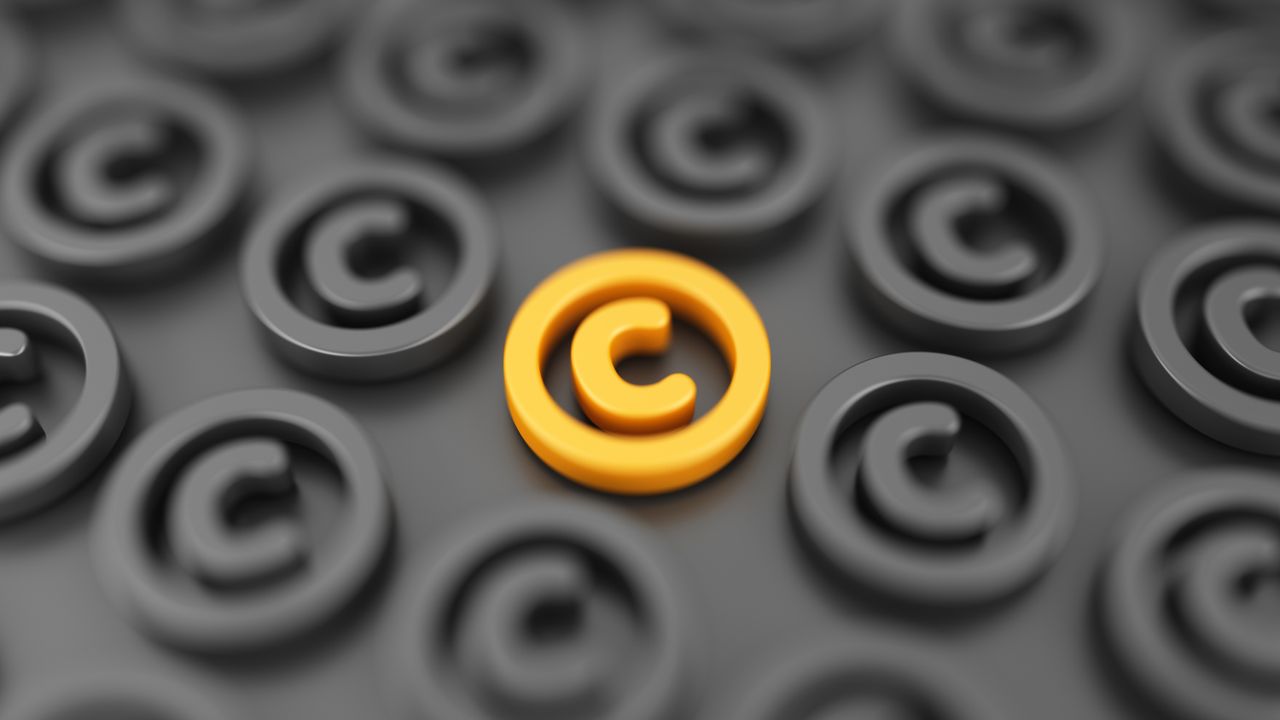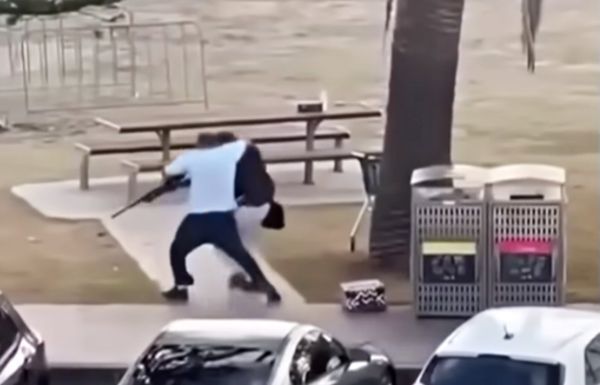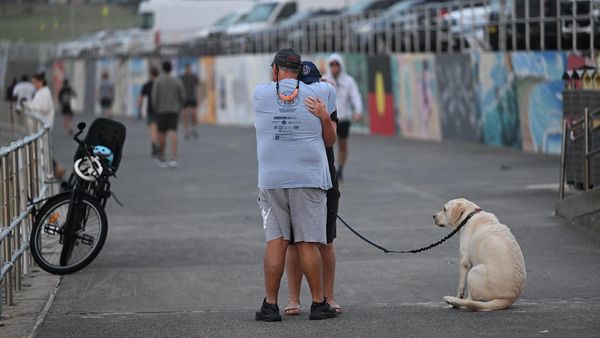
A few months ago, it seemed like I was getting a variation of the same message every day on my social media accounts: Copyright take-down notices. These take-down requests weren’t real, but malicious attempts at spreading malware by clicking the links inside. Recent research into the popular phishing attempt, however, suggests some of the malicious actors behind such phishing attempts are likely using AI.
A DMCA takedown notice is a formal request sent by a copyright owner to a website host or social media platform. to remove content that allegedly infringes on the owner's copyright. Named after the United States Congress's 1998 Digital Millennium Copyright Act, it's a tool for copyright holders to help combat online piracy by asking an online platform to take down unauthorized material – such as a photograph, song or video.
Phishing using fake copyright DCMA takedown notices isn’t a new thing. It’s a form of phishing that preys on fear, with malicious actors threatening anything from fines to the deletion of social media accounts in order to prompt users to click on a link.
But, a recent study by Cofense on a specific Vietnamese campaign it dubs Lone Star Stealer suggests that the malicious actors are likely using machine learning and AI tools in order to translate the text into multiple languages and create different email templates.
Cofense, which tracked data beginning in November 2024, indicates that this particular scam also delivers legitimate-looking documents that appear as if an official take-down notice, along with a Python-installed attack.
The study looks at how one particular scam operation is using increasingly advanced methods to install malware. But the study highlights a continuing scam that targets photographers, preying on ethics and fear to entice artists to click on nefarious links.
Cofense indicates the best way to avoid such scams is through training and awareness.
Being aware of common types of phishing is a good start. Often, phishing attempts trigger emotions to try to entice emotion-driven clicks before the potential victim has time to think through the click. These fake DCMA takedown notices are one such example.
Artists can avoid falling for these scams by looking for the common signs of a phishing attempt, such as fake names and addresses, and unusual language, as well as looking for specific signs that a DCMA take-down notice isn’t actually real. A real DCMA takedown notice will have several key elements included.
Of course, making sure all your work is yours and not a copy of someone else's – including checking those music rights before sharing that TikTok or Reel – can help stave off that feeling of panic when that fake DCMA arrives in your inbox.
You may also like
Read more about why you can't copyright AI.







